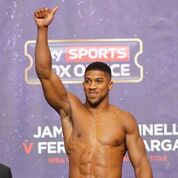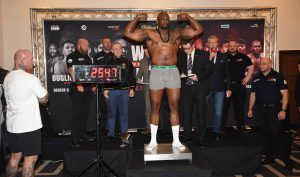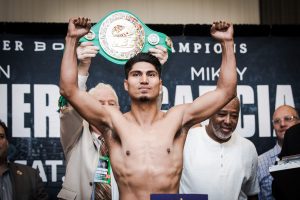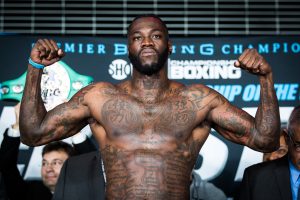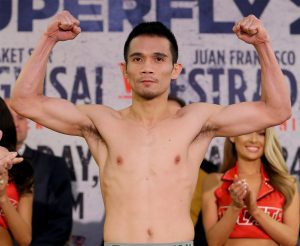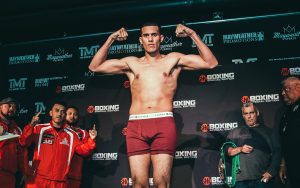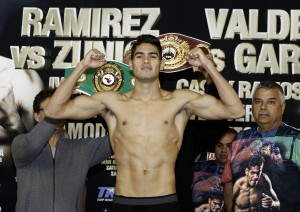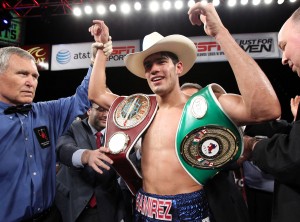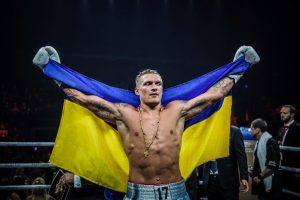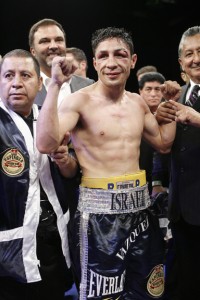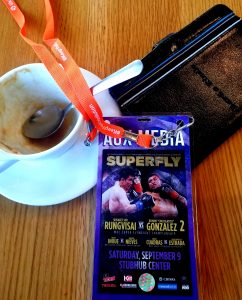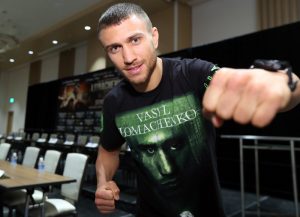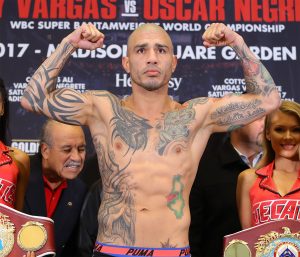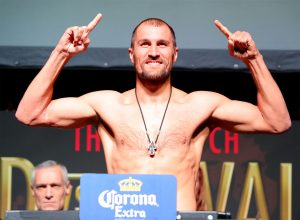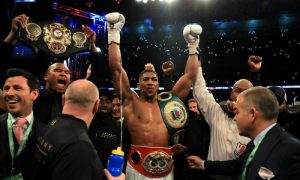Column without end, part 16
By Bart Barry-

Editor’s note: For part 15, please click here.
*
STOW, Mass. – This town has doubled in density since I grew up here. All the way to 6,000 residents. It’s unkempt today in a way it may ever have been but doesn’t remember that way. The old spots, the yards and houses and ponds, are overgrown. The new houses are imported from Ikea. It was, then, trying to become something more. It is today exactly what it wants to be.
Well aware there was a prizefight Saturday night that included the through-April-at-least consensus favorite for round-of-the-year, but as I’m on Eastern time, not Central, here’s a show of solidarity with my coastal confreres: You send a mainevent off after midnight, you make a Saturday night event into Sunday morning fare, you don’t make the deadline for a Monday column. I know this is the time to write Erislandy Lara accomplished more respect in defeat than through the aggregate of his victories, or something equally symmetrical, a chance to reheat what sentiments Wladimir Klitschko inspired in his farewell defeat last year, but again, you lard a broadcast till the mainevent doesn’t go off the same day as its undercard, and you subvert goodwill a bit.
There were weekend events enough to autoforgive my way past a missed opportunity to write Lara performed courageously, hedgefully enough to leave both erected and mostly intact all previous criticisms of his performances but especially his footwork. Onward, then.
There’s a curious optical thing that happens when you return to a place where you had all the experiences of your youth, decades later. It’s not what happens at the bookends of a championship prizefight that concludes with a knockout – where both men enter like giants and one exits more gigantic still while the other exits a fraction of yourself and a fraction of a fraction of his previous self – but it serves to remind how entirely unreliable be the narrative combination of sight and memory. You see the places of your childhood with very small eyes, necessarily. But you record them like primary symbols: this is what a supermarket is, this is what a road is, this is what a library is. Then you overlay these symbols with a pastiche of new images until what remains of your memory of the originals are words more than pictures. You return to your first zipcode and get startled by how tiny everything is.
Especially if you hail from a small town. Every road you’ve driven since your first year with a license is much larger and straighter and faster than your first road, but because those are roads and your first road was a road your memory has fetched an increasingly larger image with each “road” query until you discover your memory of your first road – which, to be fair, you haven’t had occasion to fetch in decades – has made a fourlane thoroughfare of a winding country stretch zoned at 25 mph. Then you drive some miles to the golfcourse of your first gainful employment, distance enough to’ve been a halfhour bike ride in a bygone era when 14-year-olds unthinkingly commuted to full summer workweeks on their 10-speeds, and you find yourself disappointed nothing has changed, denying you a chance to lament all has changed to a point of unrecognizable.
You want the change. You want the unique experience of believing your experience was unique. And it was, so long as you keep it private (editor’s note: so much for that).
There’s snow on the course, spring having sprung in New England, and one car in the parking lot. You peek in windows, and the club pro invites you in the proshop, which is sanitized-modern and emphasizes nothing nearly so much as the decrepitude into which its surrounding building descended, and you hear yourself making a sentence that must have been impossible the last time you stood there: “Would you believe I worked here 30 years ago?”
Well of course he would. He probably gets this exact visit from a different (or same) nostalgia hunter at least monthly but probably weekly in the summertime.
But he’s generous enough to endure your musing and phonebooking names you stopped knowing you knew decades ago until he realizes with a start he’s reached the end of your intelligence about the previous regime, you’ve started telling stories he heard dozens of times so many years ago they almost feel fresh now, and that’s that. You’re dismissed with a handshake and good wishes in that New England way that is not discourteous but absolutely final. Didn’t miss that.
Museum of Fine Arts, Boston, today is more like Museum of Fine Arts, Houston, than it is like Museum of Fine Arts, Boston, years ago. Museums have replaced malls – the popular ones now boast four restaurants and three giftshops and works organized by celebrity more than merit. They feel like places to see the creatures you’ve seen previously in documentaries (maybe museums now resemble zoos more than malls; or maybe this metaphor is collapsing), which is different from being places of discovery. And if you travel to look at art chances are decent you’ve seen the best works of most famous museums’ permanent collections somewhere else already.
Boston’s roomful of Monets, while wonderful, were viewable at Bellagio Gallery of Fine Art, on the Las Vegas Strip, gasp, a few years back. The collection remains deservedly esteemed nevertheless, and not simply for the famous universities that crenulate it on either side of the Charles River.
Boston has in some ways followed every other American city anyone can name into overpriced theme-parkery. But still and all Updike had the region pegged years ago when he wrote New Englanders are pinchfists in all but education – in education they invest ostentatiously.
Bart Barry can be reached via Twitter @bartbarry
